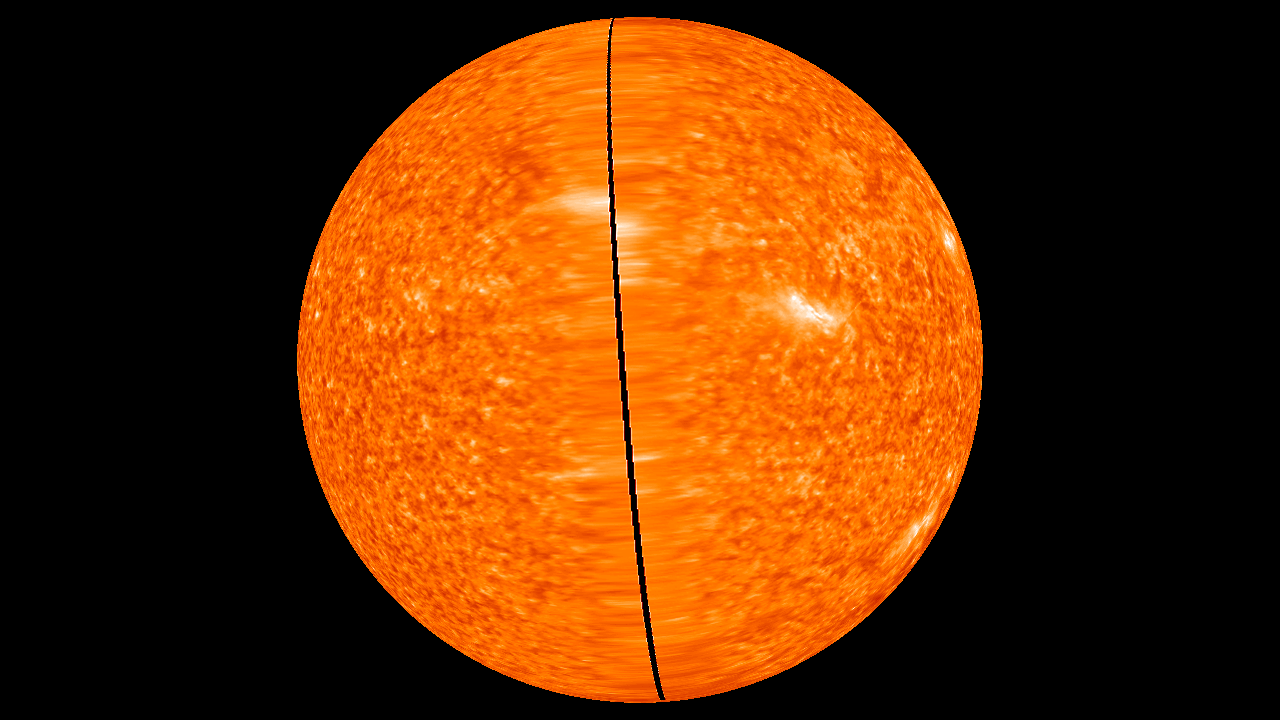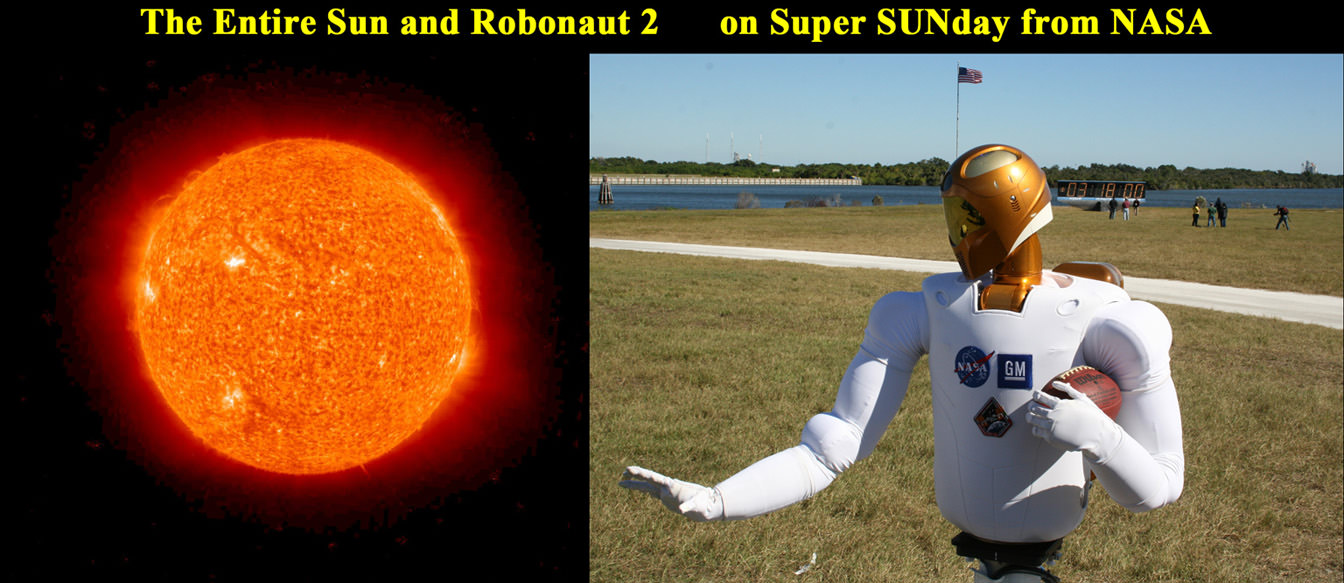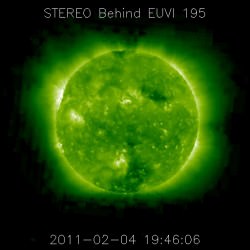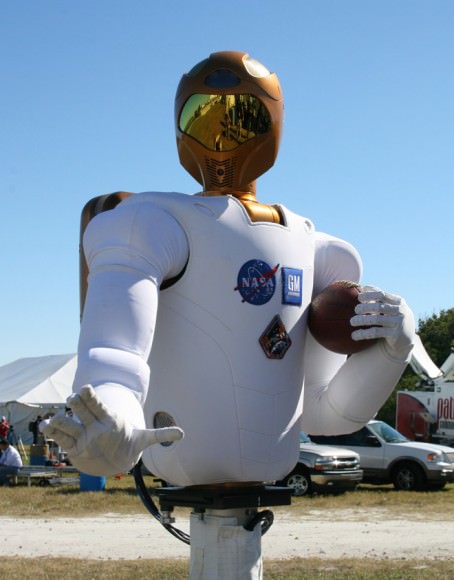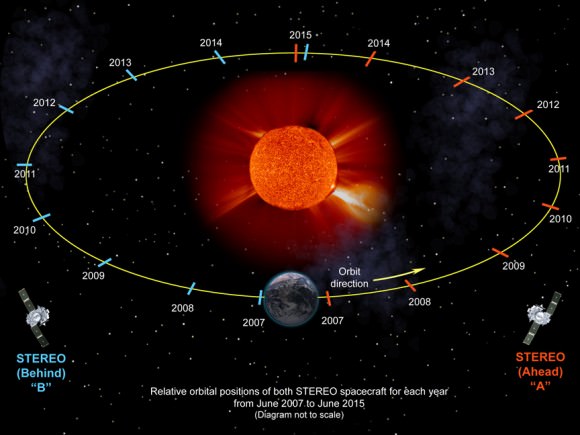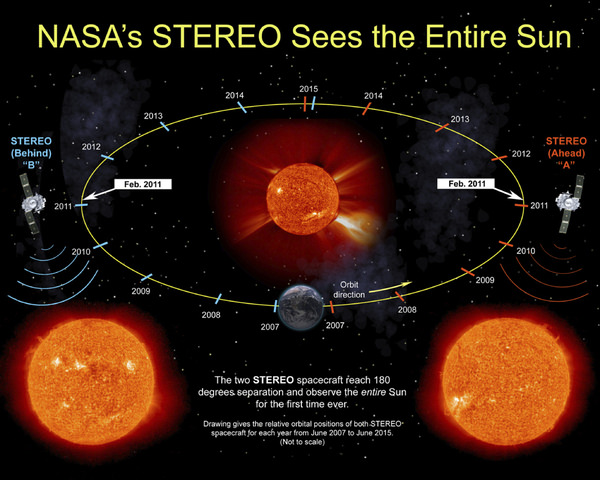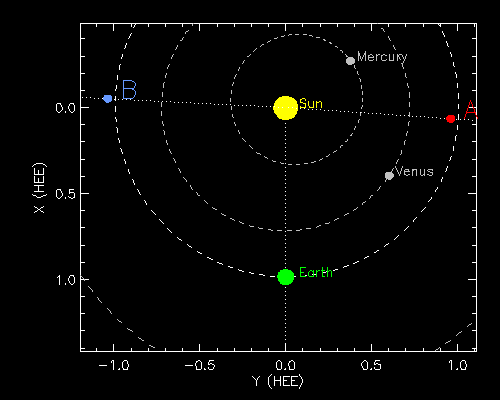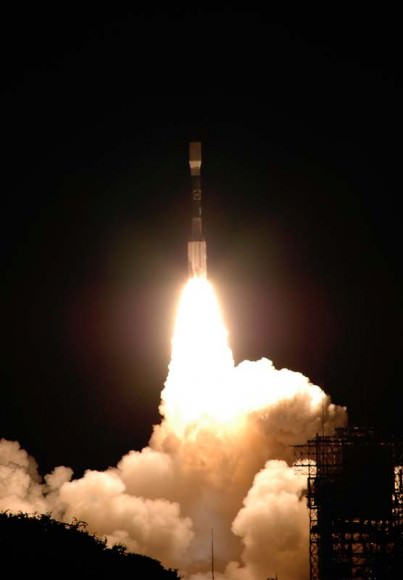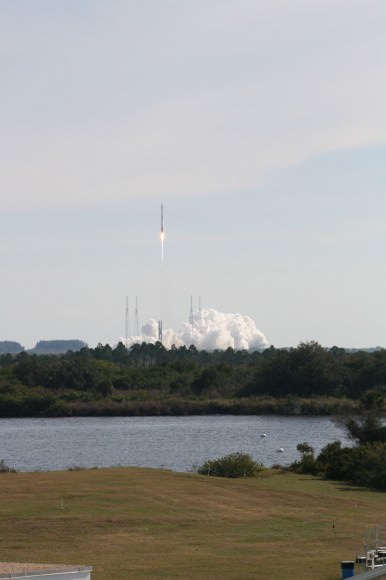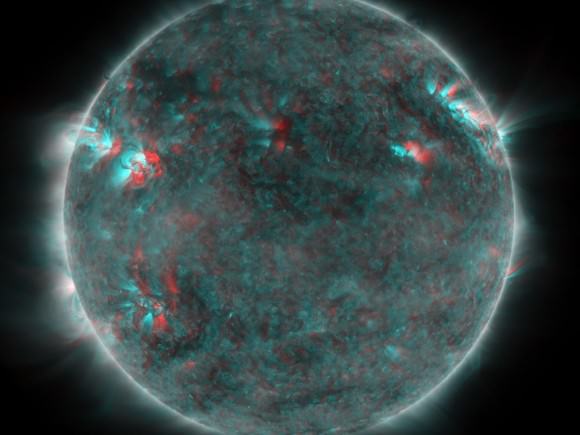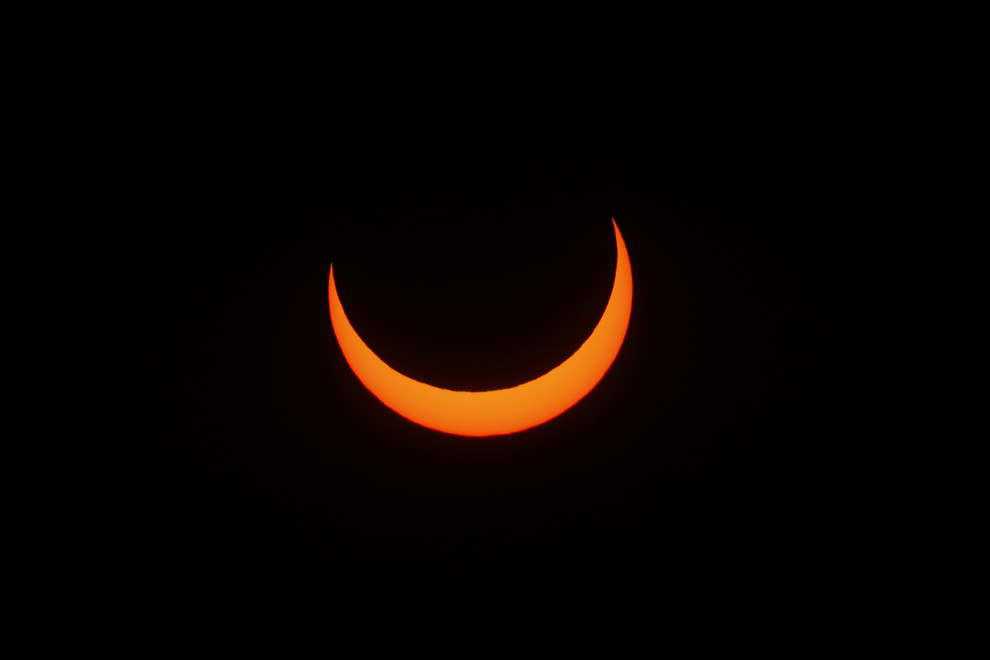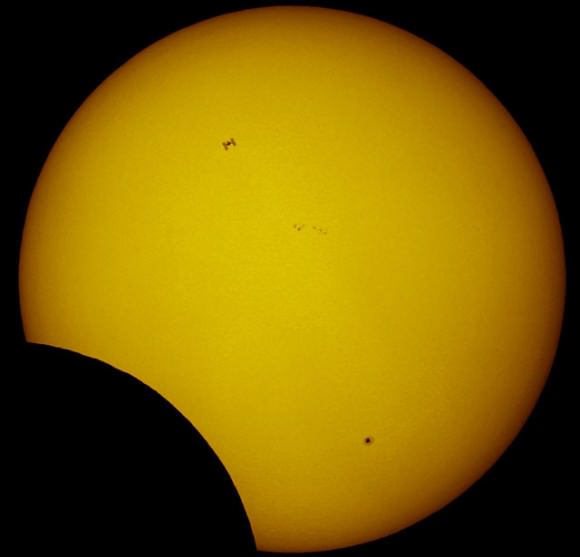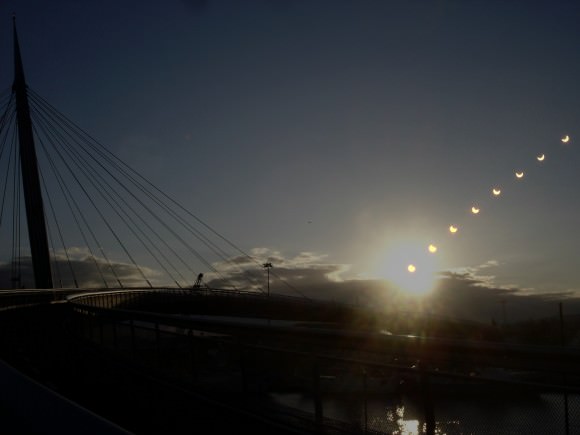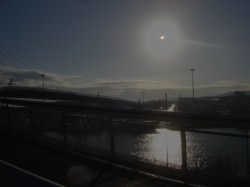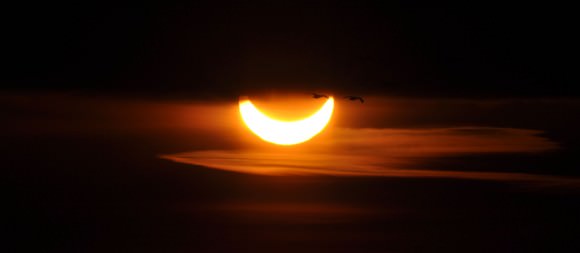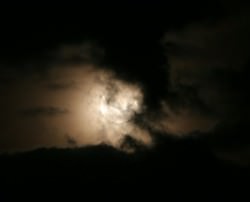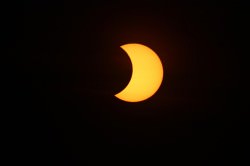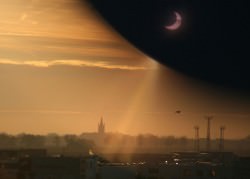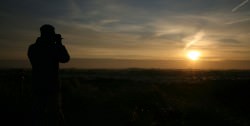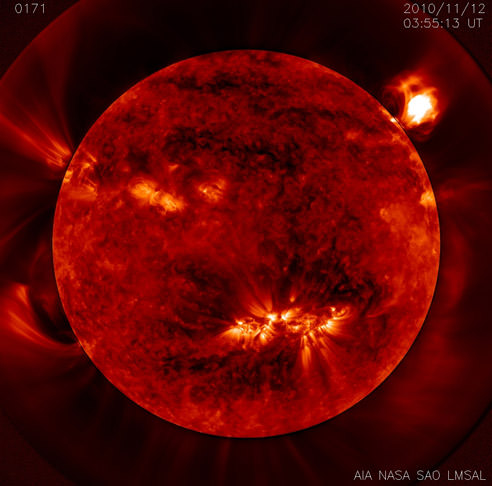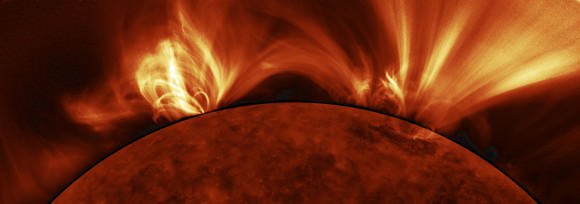[/caption]
Super Bowl SUNday XLV marks a watershed moment in observing our Sun. Today, February 6, 2011, NASA’s twin STEREO solar observatories will reach locations on exact opposite sides of the Sun, called opposition, and they are beaming back uninterrupted images from both the entire front and rear side hemispheres of Earths star in three dimensions and 360 degrees for the first time.
“For the first time in history we can see the entire Sun at one time – both the far side and the near side,” said Joe Gurman, in an interview for Universe Today. Gurman is the Project Scientist for NASA’s STEREO mission at the NASA Goddard Spaceflight Center in Greenbelt, MD. This will significant aid space weather forecasting.
To mark this historic milestone, NASA today released images captured by STEREO on Feb. 2 – slightly prior to opposition – which gives humankind our first ever global look at the whole sphere of our Suns surface and atmosphere in extreme ultraviolet light (EUV). The probes were over 179 degrees apart. See location maps and images below
This article features even newer EUV images – compared to NASA’s press release – that were taken even closer to opposition by STEREO on Feb. 3 and today on Feb. 6 and which I downloaded from the STEREO website. The newer EUV images show an ever so slightly more complete solar view as the probes orbit reaches further to the suns far side.
Coincidentally, the STEREO duo may reach opposition – exactly 180 degrees apart – while the Super Bowl XLV half time show is ongoing, at roughly 7:30 p.m. EST in the evening of Sunday, Feb. 6.
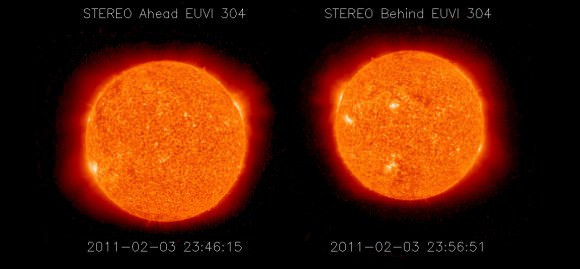
Images taken by the SECCHI Extreme Ultraviolet Imager (EUVI) at the 304 Angstrom bandpass which is sensitive to the He II singly ionized state of helium, at a characteristic temperature of about 80 thousand degrees Kelvin. These are the most current images used to create the spherical solar view on Feb 3, 2011. Credit: NASA
There is a tiny sliver of unseen solar surface on the far side of the sun at the extreme fringes of the far side EUV images that will fill in over the new few days to give an even better view. As of today that wedge is less than 1 degree. See the solar image collections above and below.
“The currently unseen far side wedge will disappear around February 12,” Gurman told me. “There might still be some small areas at high latitudes we won’t be able to see, but the view from the ecliptic is always limited. It takes about 3 days to get back the high resolution data.”
“On either side of the wedge, the features are smeared out because they’re from the “limbs” (edges) of the Sun as seen from each STEREO spacecraft.”
“The far side resolution will increase as the STEREO twins proceed around the sun.”
“On the near side, we can substitute the much higher resolution SDO AIA image data along the nearside “seam”, said Gurman.
SDO is in Earth orbit on the earth-facing side of the sun and will fill in the gap.
“For the next 8 years we will have a 360 degree view of the Sun by combining STEREO and SDO data,” said Gurman. “We will have that whole sun view until the STEREO spacecraft swing back to the earth side of the Sun.”

The probes were nearly at opposition 180 degrees apart. These images provide the first 360 degree global view of Earths Star. Images taken by the SECCHI Extreme Ultraviolet Imager (EUVI) at the 195 Angstrom bandpass is sensitive to the Fe XII ionization state of iron, at a characteristic temperature of about 1.4 million degrees Kelvin. Credit: NASA
Why is it important to image the far side of the sun?
Because scientists can now immediately detect active regions on the far side of the sun which were hidden from our view up until now.
“No active region can hide from us anymore because we will now have this 360 degree view.”
The new far side data will allow much faster detection of solar storms which in turn will enable faster predictions of space weather which potentially can severely impact sensitive technological infrastructure on Earth and throughout the solar system.

Until now, we had to wait about two weeks until the rear side active regions of the sun rotated into our view on the front side. But no longer. On average the sun rotates in about 27 days – faster at the equator and slower at the poles.
“We will now be able to detect the coronal mass ejections, or CMEs as they happen on the far side instead of waiting until they rotate around with no forewarning. The magnetic storms with energetic particles blast out at varying speeds of about 700 to 1000 km/sec and can reach Earth in one to three days,” said Gurman.
These magnetic storms are a threat to air traffic control of airliners, can disrupt the power grip, damage communications systems, space satellites in Earth orbit and around the solar system, effect other sensitive electronics systems and also harm astronauts working aboard the International Space Station.

STEREO is comprised of two nearly identical STEREO spacecraft – dubbed STEREO Ahead and STEREO Behind –orbiting around our Sun. One probe – B – trails Earth around the sun and moves a bit slower; the other one – A – leads the Earth traveling slightly faster.
Each probe images half of the suns sphere and broadcasts the data back to Earth continuously, 24 hours each day. STEREO’s solar telescopes are tuned to four different wavelengths of extreme ultraviolet radiation (171, 195, 284, 304 Å) selected to trace key aspects of solar activity such as flares, tsunamis and magnetic filaments.
“The images are converted into a spherical projection by researchers on the science teams,” said Gurman. An international group of scientific institutions and governments from the U.S., UK, France, Germany, Belgium, Netherlands and Switzerland designed and built STEREO’s science imaging and particle detecting instruments.
The two probes have been slowly separating in opposite directions at about 45 degrees per year ever since they were launched together aboard a Delta II rocket on October 25, 2006 from Cape Canaveral Air Force Station (CCAFS) in Florida.
After hurtling past the moon, the solar powered spacecraft – weighing some 600 kg – were flung into solar orbit on opposite sides of the Earth and have been moving away from Earth and apart from each other. In this way the wedge of unseen solar territory has been diminishing as the probes gain more complete coverage of the sun, thus enabling us to formulate a more complete understanding of the solar environment.
STEREO stands for Solar TErrestrial RElations Observatory. Their mission is to provide the very first, 3-D “stereo” images of the sun to study the nature of coronal mass ejections.
The STEREO mission is currently funded until 2013.
“The probes have enough fuel to last 100 years,” said Gurman. “The lifetime limiting factor is the spacecraft electronics and funding. The solar arrays will only gradually degrade over decades.”
NASA/STEREO Reveals the Entire Sun
Launched in October 2006, STEREO traces the flow of energy and matter from the sun to Earth. It also provides unique and revolutionary views of the sun-Earth system. STEREO, when paired with SDO, can now give us the first complete view of the sun’s entire surface and atmosphere

The two NASA STEREO spacecraft will see the entire Sun ! Super Bowl SUNday will truly mark a milestone for solar observations. On February 6, the two STEREO spacecrafts will be 180 degrees apart and for the next 8 years the STEREO spacecrafts and SDO will be able to observe the entire 360 degrees of the Sun. Credit: NASA


